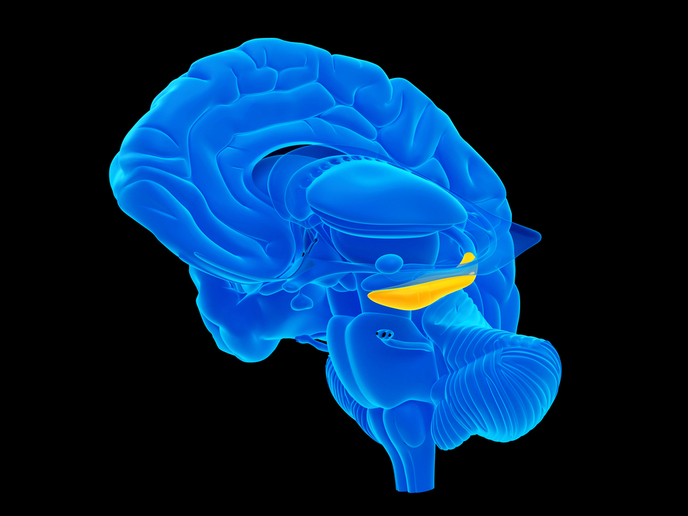Non-invasive test for endocrine disruptors in fish
The EASYRING project produced new methods for detecting biomarkers of endocrine disruptors in the skin of aquatic organisms. Endocrine disruptors are synthetic chemicals which can interfere with an organism's hormonal system, adversely affecting the development of its vital organs. Project partners at the National Research Council of Italy developed a dipstick (or chip-based) assay for the rapid detection of vitellogenin (Vtg), a biomarker of endocrine disruption, in the skin mucus of carp. The production of Vtg depends upon oestrogen and is normally active in mature female fish. However, it can also be detected in immature female and male fish as a result of their exposure to oestrogens and chemicals that mimic them. Because it is found in the skin mucus of fish, as well as their plasma, Vtg is considered as a suitable non-destructive biomarker for exposure to oestrogens. The new system was tested on laboratory fish and on fish taken from seven sampling sites in the River Po basin. The carp taken from the wild suffered from different levels of contamination. The dipstick prototype was simple and quick to use with the presence of Vtg being indicated by the appearance of a coloured line. The EASYRING scientists then used an Enzyme-linked immunosorbent assay (ELISA) to compare levels of Vtg in blood plasma and skin mucus from the same fish. The results showed a positive correlation for most of the groups of sampled fish from the River Po Basin and groups exposed to tamoxifen, but not all. The lack of correlation between Vtg levels in plasma and in mucus indicated different rates of turnover for Vtg in the two samples. A certain amount of caution should therefore be applied when using the dipstick assay for field sampling. The anti-oestrogen properties of tamoxifen could influence the Vtg turnover, so that the levels of Vtg in the mucus are not analogous to those in blood. This challenge can be addressed by taking a blood sample for on-site analysis using a Lateral flow immunoassay (LFIA).







